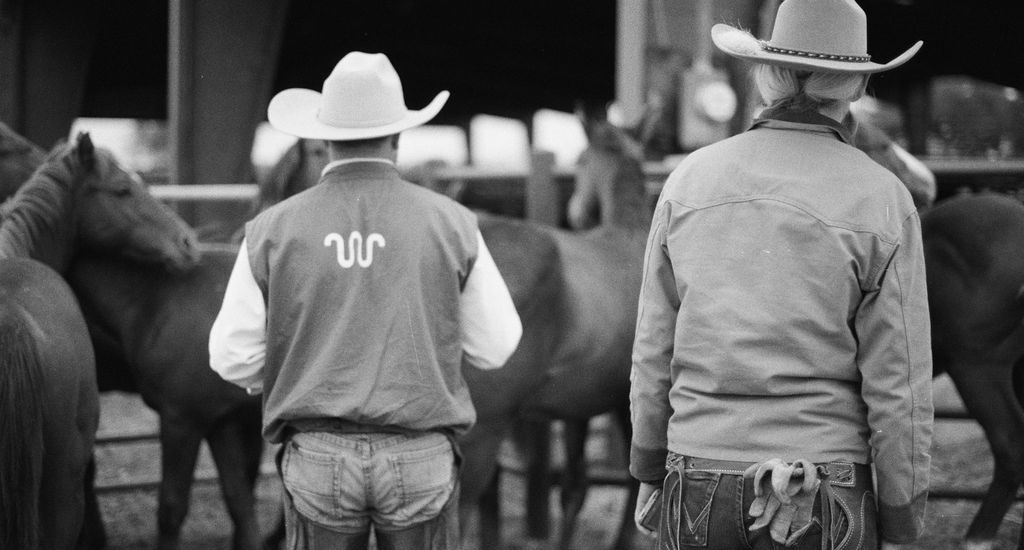The King Ranch Isn’t Horsing Around
One of my favorite songwriters, Guy Clark, wrote a tune called “South Coast of Texas.” As with all his work, it’s smart and evocative. The song opens, “The south coast of Texas is a thin slice of life. It’s salty and hard, it is stern as a knife.”
I don’t know if Guy Clark ever visited the King Ranch, but I couldn’t help thinking what a “thin slice of life” the King Ranch was as James Clement III toured me around America’s most renowned and historic ranch.
Clement is the ranch’s Quarter Horse manager, as well as a sixth-generation descendant of Captain King. He works the ranch’s horses with his cousin, Henrietta Armstrong, and Lee Roy Montalvo—a sixth generation Kineño. (Kineños were the original workers Captain King hired when he purchased a cow herd out of Cruillas, Mexico in the early days of the ranch.)
In the West, there are very few families who can claim six generations of continuity in any profession or trade—let alone on the same piece of land. A thin slice of life, indeed.
The ranch was receiving record rains when I visited, so our touring was limited. But we did have the chance to meet up with the cow crew on the Laureles division and watch them work. In most of the West, wood corrals mean old and run down. But at the King Ranch, with the salty air of the Gulf Coast, wood lasts longer than pipe. And it was obvious the land is not easy. Helen Kleberg Groves—a fourth-generation descendant—told me the ranch is either in flood or in drought. Salty and hard, indeed.
Throughout its 165-year history of the ranch, though, improvements such as fences, watering facilities, gates, and paved roads have modernized the ranch, making some of the tasks easier. But there are still cows to manage (lots of cows, in fact) and the only way to do it in that country is a-horseback.
It could be argued that the third generation took charge of the rapid expansion and national recognition in the first half of the 20th century. In addition to developing a new breed of cattle and growing the ranch’s physical holdings overseas, that generation planted the seeds of what would become a world-renowned horse program with the purchase of Old Sorrel.
One of the primary themes that struck me as I learned more about the ranch was its focus on excellence. Whether in employees, architecture, cattle, or horses, the ranch wants the best. A quality, I believe, that is to be admired. Of course, they made a splash in the cutting arena in the 1970s and 1980s, and the residual influence they have in breeding within the cutting horse world is unmatched. Since then, though, the national profile of their Quarter Horse program faded.
That’s where Clement comes in. His job is not really too much different from the men who came before him. His first responsibility is to provide mounts for the ranch cowboys. The better horses he develops, the better cowboys the ranch can hire. To do that, he’s returning the ranch to the show pen. They have two horses entered in the National Cutting Horse Association Futurity this year—and more coming up in training. They’ve brought in updated genetics that—interestingly—stem from their original genetics. (The purchased a stallion named The Boon that is a son of Peptoboonsmal, a son of Peppy San Badger, the King Ranch’s last Futurity champion).
It’s an exciting time for those in the King Ranch Quarter Horse program. And their enthusiasm is contagious. They’ve got high hopes to return the ranch to some level of national prominence, but they also remain firmly grounded in knowing that their everyday duty is to develop good horses for working cowboys. Their energy is high, but their focus is stern. Like a knife, you might say, cutting toward a standard set by generations past.
photo: Constance Jaeggi Photography

